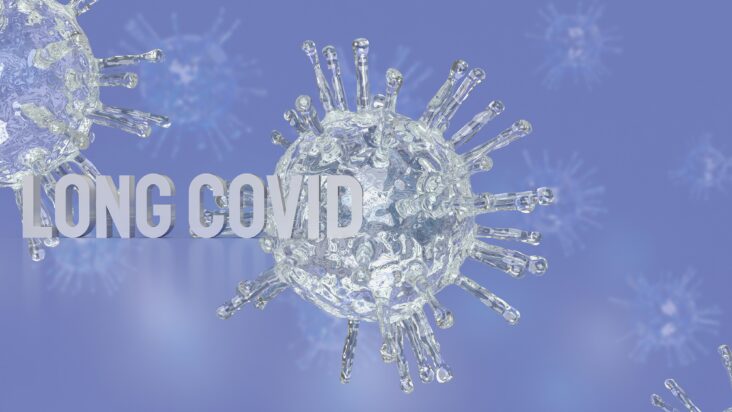Click Here to Download this Blog Post – Long COVID 2025 Part 1
Dr. Nicholas L. DePace, M.D., F.A.C.C.
This is Part 1 of a 5 Part Series about Redefinition of Long COVID
Long Covid: A Chronic Condition Emerging From the Pandemic
In the New England Journal of Medicine, an article was published Long Covid Defined, authored by Ely, Brown, and Fineberg et.al; July 31, 2024. They describe how the COVID-19 pandemic was a dangerous acute outbreak of infection that killed more than one million people in the United States and seven million worldwide.
Millions Left With Lasting Symptoms
More importantly, the authors emphasize that millions were left with chronic, disabling symptoms post-infection, known as Long Covid. Estimates suggest up to 10% of adults infected and 2% of vaccinated individuals may develop it.
Prevalence Among Adults and Children
The article cites survey data indicating that 7% of adults and more than 1% of children may suffer from Long Covid—translating to 20 to 50 million cases in the U.S. and 60 million globally.
A New Definition for Long Covid
A committee defined Long Covid as an infection-associated chronic condition lasting at least three months after SARS-CoV-2 infection. It may follow a continuous, relapsing, remitting, or progressive course and affect one or more organs.
They used a multiphase process of systemic engagement and information gathering and included focus groups, questionnaires and so forth.
The committee stated that long Covid is an infection-associated chronic condition that occurs after the SARS-CoV-2 infection and is present for at least three months as a continuous, relapsing, and remitting or progressive disease state that affects one or more organs.
Common Symptoms and Clinical Manifestations
Key symptoms include cognitive impairment, neuromuscular issues, depression, and severe fatigue. Additional symptoms include shortness of breath, persistent cough, post-exertional malaise, brain fog, fast heart rate, sleep disturbances, and gastrointestinal issues like bloating and diarrhea.
Link to Dysautonomia and Other Viral Triggers
These are symptoms that we see very commonly in people with dysautonomia or autonomic dysregulation syndromes, that is, abnormalities of the autonomic nervous system involving either or both branches, the parasympathetic and sympathetic systems.
Other viruses are known to cause these symptoms, including Epstein-Barr, enteroviruses, and so forth. The symptoms are not specific for Covid in a post-viral syndrome.
However, the committee went on to state that singular multiple conditions, such as interstitial lung disease, low oxygen levels or hypoxemia, heart disease and arrhythmias, strokes and blood clots, kidney disease and racing heart rate when standing (postural orthostatic tachycardia syndrome), and other forms of dysautonomia and chronic fatigue-type syndromes can be present.
They discussed fibromyalgia, connective tissue disease disorders, hyperlipidemia, diabetes, and autoimmune disorders, such as lupus, rheumatoid arthritis, and Sjögren’s disease. They even discussed mast cell activation syndrome as being operative in a long Covid syndrome.







